Bhutan: Land of the Thunder Dragon
Synopsis
For many years the outside world had no name for Bhutan, although its people call it Druk Yul, The Land of the Thunder Dragon. Perched precariously between India and Tibet, it is a remote and little-known kingdom which until 1974 admitted no foreign tourists. Now its spectacular mountain beauty and a way of life still firmly rooted in medieval tradition attract visitors from all over the world, although the Bhutanese, well aware of how easily their ‘gross national happiness’ could be compromised by the demands of tourism, firmly control the numbers which are admitted.
Tom Owen Edmunds was fortunate enough to be invited to Bhutan as the guest of a member of the royal family. Accompanied by guides who produced astonishing six-course meals over a campfire and spoke twelve of the innumerable Bhutanese dialects, he was able to travel east to villages which had never before seen foreigners. In the course of his two journeys he covered the entire country, from the jungle-clad foothills of the south to the frozen wastes of Great Himalaya.
Throughout his visits to Bhutan, he enjoyed unquestioning hospitality. He attended festivals, notably the great Paro Tsechu, the highlight of the Bhutanese religious and social calendar, which has been celebrated in exactly the same way for centuries. He watched people at work, ploughing their fields and carrying their produce to market on yak-back. In the far east of the country, he visited the almost inaccessible Bragpa people, who wear five-pointed hats and animal skins over their clothes. He saw everywhere the include of Buddha and the gigantic castle-monasteries called Dzongs from which the country is governed. And he recorded it all in a unique collection of photographs. Nobody who sees ‘Tom Owen Edmunds’ portrait of Bhutan will fail to agree with his assessment that although this mystical mountain kingdom may not be Sangri-la it does come very, very close.
Read more
Tom Owen Edmunds was fortunate enough to be invited to Bhutan as the guest of a member of the royal family. Accompanied by guides who produced astonishing six-course meals over a campfire and spoke twelve of the innumerable Bhutanese dialects, he was able to travel east to villages which had never before seen foreigners. In the course of his two journeys he covered the entire country, from the jungle-clad foothills of the south to the frozen wastes of Great Himalaya.
Throughout his visits to Bhutan, he enjoyed unquestioning hospitality. He attended festivals, notably the great Paro Tsechu, the highlight of the Bhutanese religious and social calendar, which has been celebrated in exactly the same way for centuries. He watched people at work, ploughing their fields and carrying their produce to market on yak-back. In the far east of the country, he visited the almost inaccessible Bragpa people, who wear five-pointed hats and animal skins over their clothes. He saw everywhere the include of Buddha and the gigantic castle-monasteries called Dzongs from which the country is governed. And he recorded it all in a unique collection of photographs. Nobody who sees ‘Tom Owen Edmunds’ portrait of Bhutan will fail to agree with his assessment that although this mystical mountain kingdom may not be Sangri-la it does come very, very close.
100.80
90.72
$
112.00 $
Free delivery Wolrdwidе in 10-18 days
Ships in 1-2 days from New Delhi
Membership for 1 Year $35.00
Get it now and save 10%
Get it now and save 10%
BECOME A MEMBER

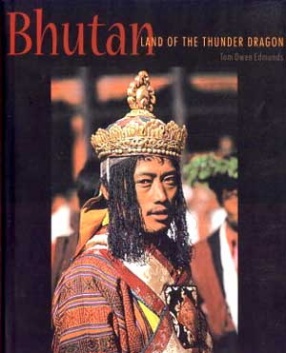
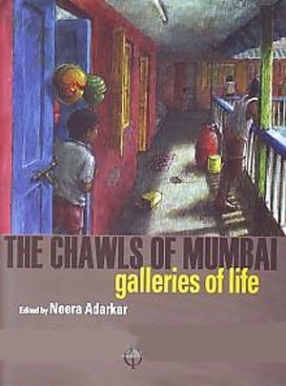
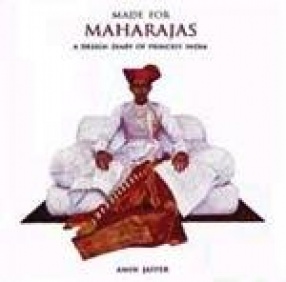
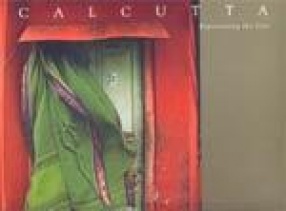
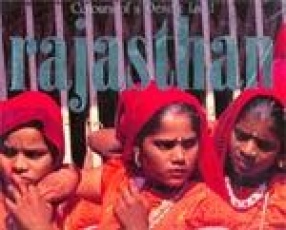

Bibliographic information
Tags